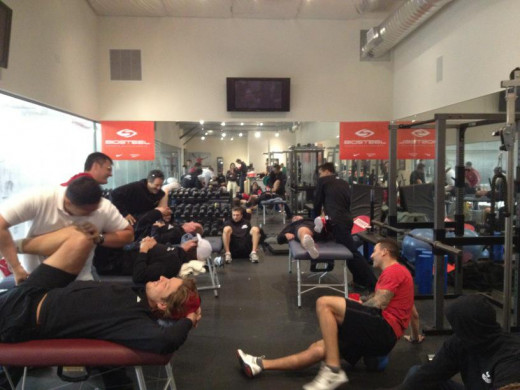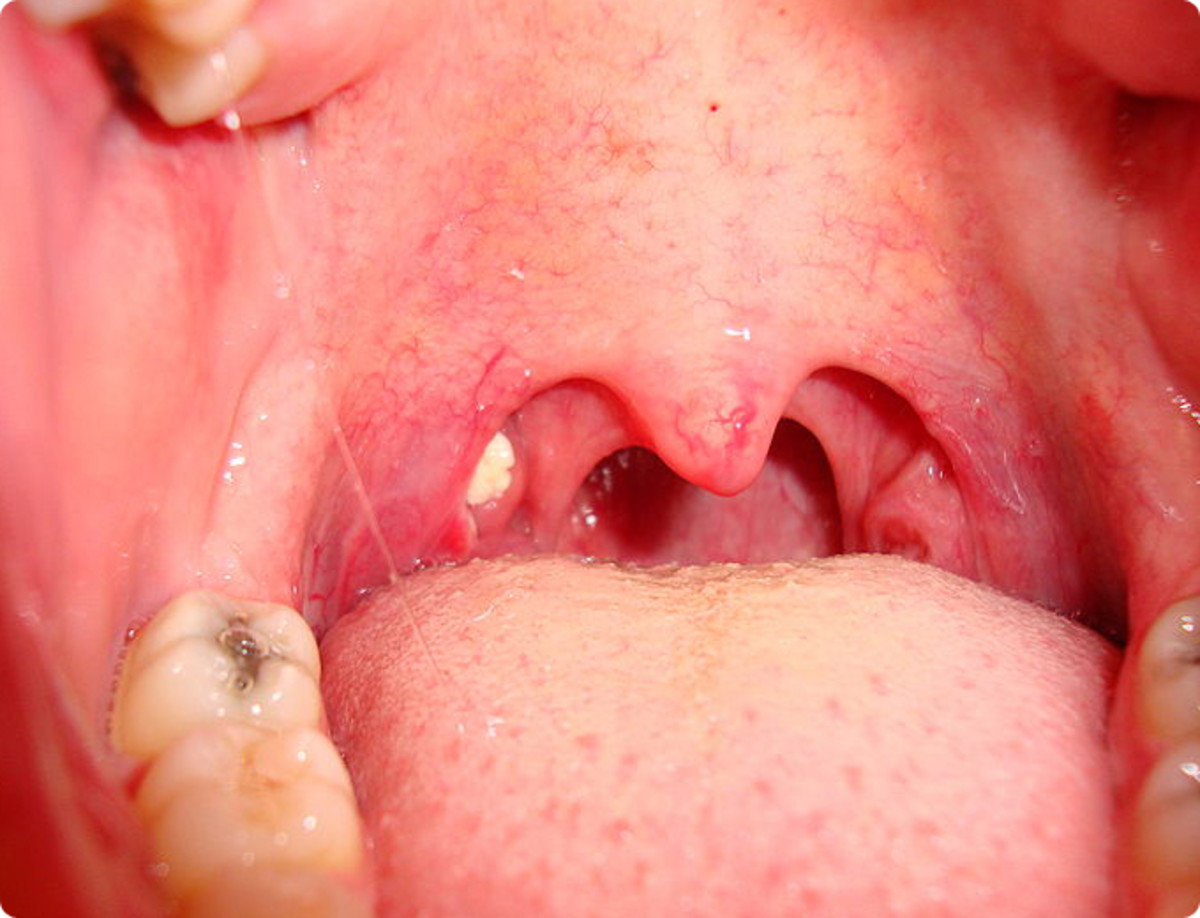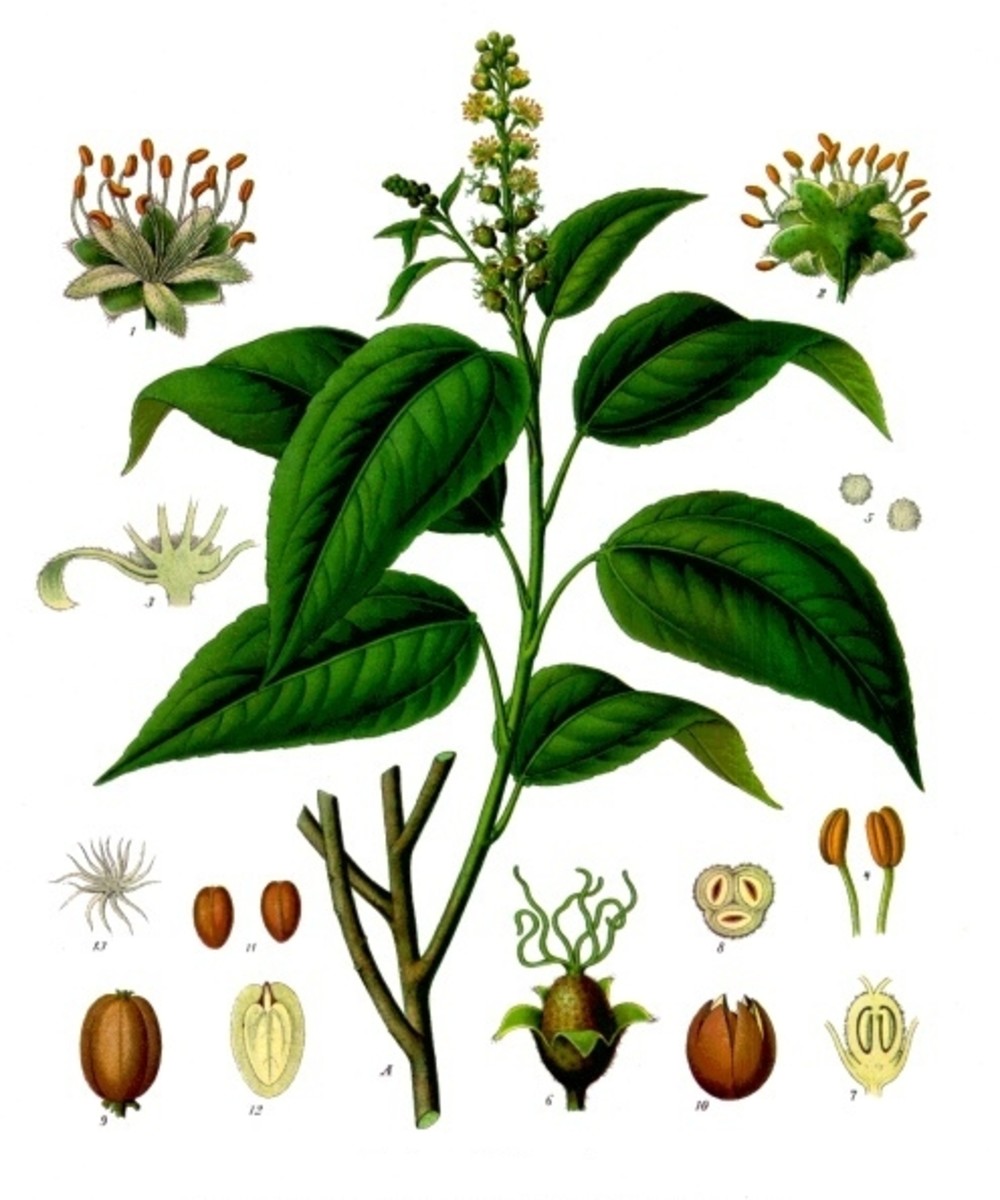Overdone It?

OK, hands up all of you who leapt out of bed on 1st January, determined to fulfill your New Year's Resolution of doing more (some!) exercise. Flushed with enthusiasm you may have:
- signed up for the gym
- started running
- brushed the cobwebs off your bike
- found an aerobics class.
However I bet some of you began doing all four!
While regular exercise, by working the heart and lungs, undoubtedly can bring tremendous benefit to one's overall health and well being (as well as losing weight etc.) ironically for some people, normally due to over enthusiasm, it can bring an increased risk of injuries to the other structures of the body ie: muscles, tendons, ligaments etc.
Since muscles, tendons and ligaments are classified as "soft tissue", (bones are "hard tissue"), damage to these structures are called "soft tissue" injuries.
Muscles attach to bones by means of tendons, their function is to provide the body with movement. However, it is extremely rare for a single muscle to work alone. To provide an overall co-ordinated action, additional 'synergistic' muscles are also recruited thereby allowing precise force and direction.
A ligament's function is to stabilise the joint and prevent unwanted movement.
Types of damage to muscles and tendons are described below:
Overuse
DOMS (Delayed Onset of Muscular Soreness)
Usually occurs after bouts of unaccustomed physical activity. A dull ache which develops after about 24 - 48 hrs, (sound familiar?) its exact cause remains largely unknown. It is exacerbated by eccentric muscle contractions, but you should be pleased to know it normally disappears after 2 - 3 bouts of any new training programme, so keep it up!
Repetitive strain injury or "tendonitis"
A largely generic term. More precisely - inflammation of the tendon.
One of the most common overuse injuries found in athletes. Chronic overloading causes microscopic tears and inflammation. Common sites are achilles, patellar, supraspinatus and biceps.
Paratendinitis - an inflammation of the tendon sheath or paratendon.
Normally will occur where tendon rubs over a bony prominence.
Tendinosis - a degeneration of the tendon.
If a chronic condition of tendinosis if left untreated, a breakdown of the tendinous attachment may occur as the tissue 'dies'. The main difference between this condition and other other two is the absence of any inflammation. An example of this being chronic "tennis elbow" (lateral epicondylitis) or chronic "golfer's elbow"(medial epicondylitis).
As all the above are "overuse" injuries, they can all be largely avoided by gradually increasing the amount of whatever activity you decide upon. Over enthusiasm is one of the major causes of injury especially in those new to exercise. Take it easy! (At least to start with!)
Strains
An overstretch to a muscle is known as as strain. Depending upon the amount of over reaching this can result in anything from microscopic tearing of muscle fibres right through to a complete separation of the muscle (ouch!) or rupture.
Since muscles are much more flexible when they are warm, a gradual warm-up for at least ten minutes will greatly reduce the possibility of such an injury.
Sprains
Damage to a ligament is known as a sprain, probably one of the most common being a "turned ankle" or inversion sprain. As mentioned previously, ligaments are inelastic (they have to be if they are to stabilise a joint), therefore if they are stressed beyond their ability to cope, they will tear. Again, the degree of damage can range from partial to complete rupture.
Apsrt from using correct technique (check with a fitness professional if you are unsure) and appropriate footwear, there is little you can do to prevent a sprain. It is normally just an unfortunate "accident", be careful!
First Aid Treatment for Soft Tissue Injuries
Having told you about some of the injuries you may get whilst exercising, I think it would be more than a little mean of me not to give you any advice on treating them!
Please bear in mind that the following information is not intended as a replacement for medical advice which should always be sought if you are in any doubt as to the extent of your injury.
However, with any soft tissue injury, what you do in the first 24 - 48 hours is critical if you wish the injury to heal as quickly and effectively as possible.
DO
Rest - Stop playing, running, training if you're injured or at least take a break!
Ice - Apply ice (in a towel to prevent burning), frozen peas or similar to the affected area for about 20 minutes every 3 hours. This will help reduce the inflammation (by reducing the bleeding in the damaged structures) and give some pain relief. This should be continued for 2 - 3 days. If there is no reduction in swelling, if you haven't already done so, seek medical advice.
Compression - Elastic bandage (not too tight!) or, preferably, tubular bandage will both help support the area and limit swelling. Any reduction in swelling will help significantly with pain relief.
Elevation - Again, by placing the injured area above the heart, any swelling will be reduced, since gravity will help drain the area. If you sprain your ankle sit with your foot on a stool, if you sprain your wrist try putting your arm in a sling.
DON'T
Attempt to "run it off". This might be OK for those "macho" types but could well turn a minor injury (which would heal in days) into a major one (which turns into a chronic injury which lasts months!). Is it worth the risk?
Have a hot bath or apply heat creams.
Both the above will dramatically increase any inflammation since they will "vasodilate" (open up) the blood vessels thereby causing an increased blood flow into the damaged area.
Massage - This will just irritate the area and prevent the formation of "granulation tissue" (a sort of sticky plaster the body makes to help with initial repair).
N.B. An exception to this could be the use of ice massage or "cryotherapy". However, this specialised treatment should only be carried out by a sports therapist or similar qualified person.
Prevention still remains better than a cure but I hope that this article proves useful to those of you who are still unlucky enough to injure themself whilst doing something that does you good!!



